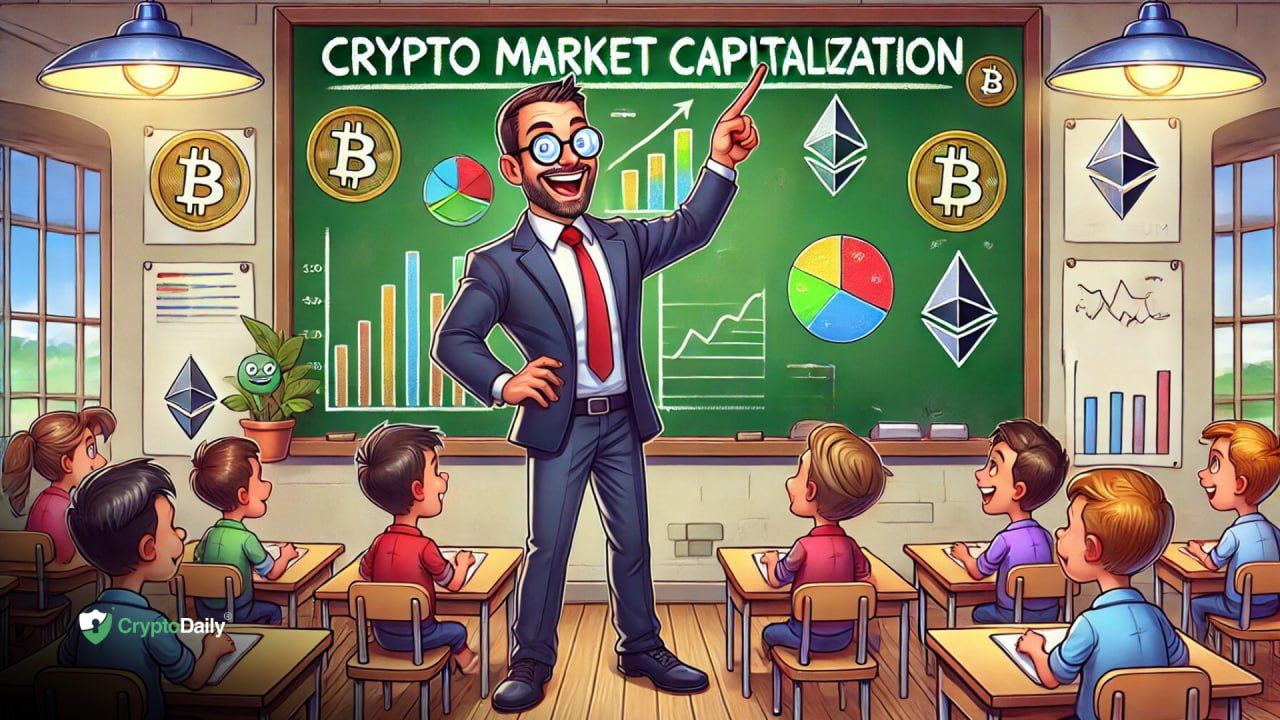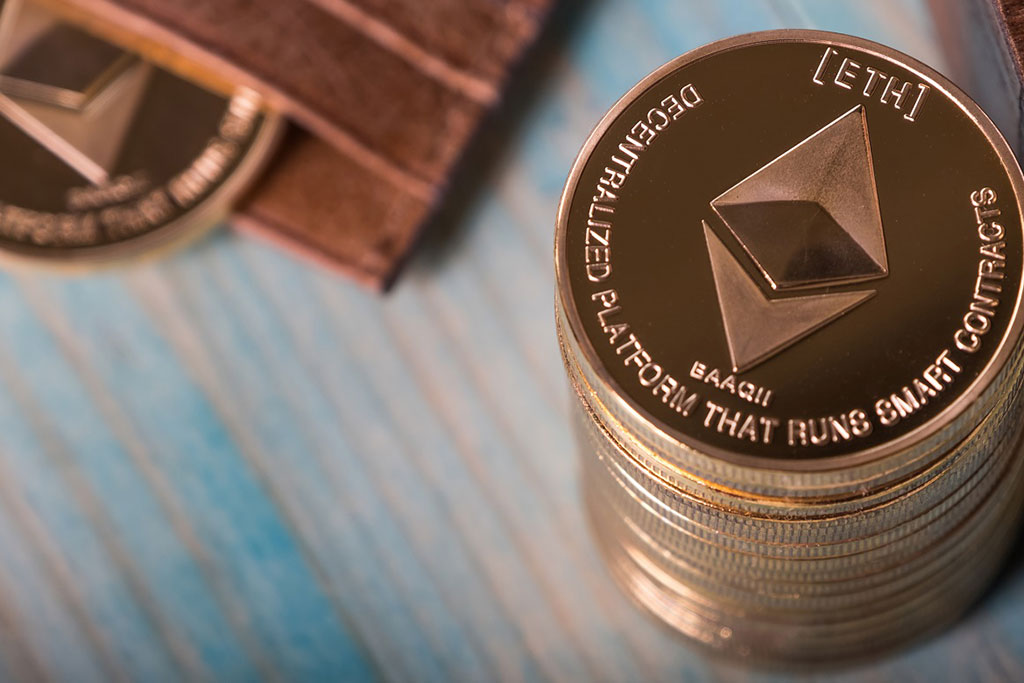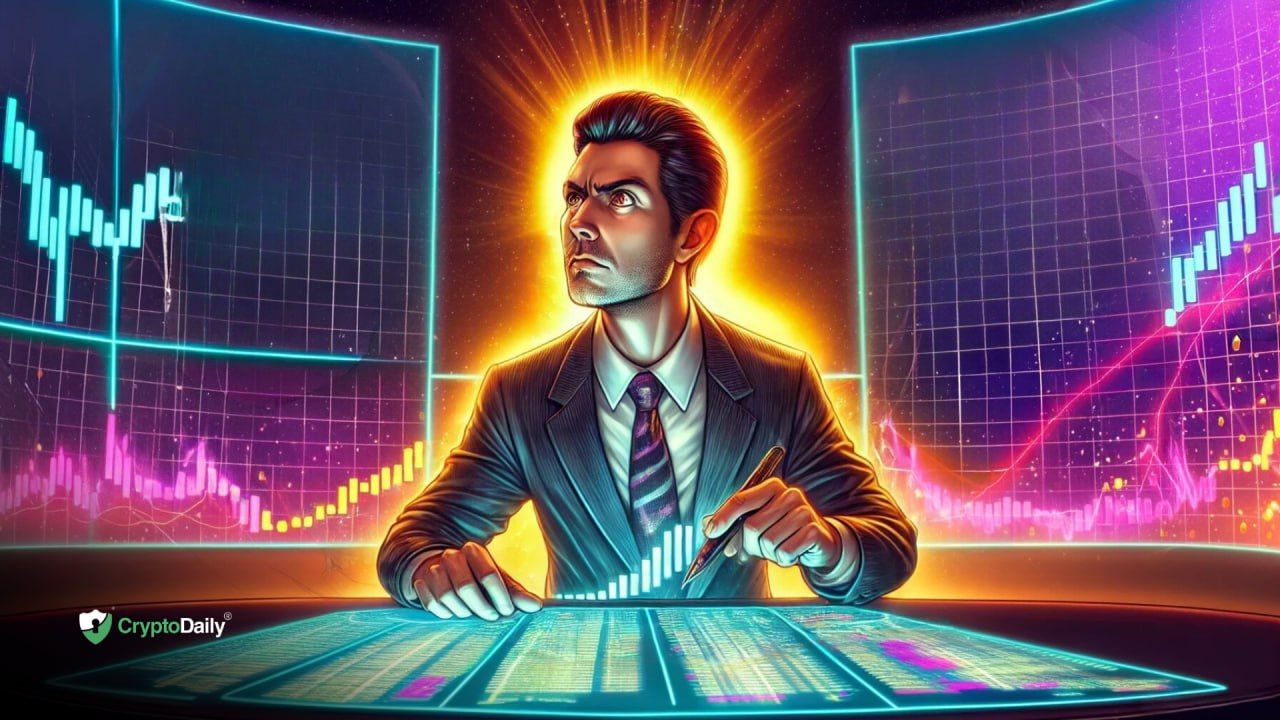ARTICLE AD
As part of the upcoming “Scourge” upgrade, Ethereum co-founder Vitalik Buterin addresses the risks of staking centralization in the Ethereum network and proposing several strategies to mitigate these risks.
Key Notes
Buterin highlights the potential dangers of proof-of-stake centralization, particularly focusing on the issue of Maximal Extractable Value (MEV).To counteract these centralization risks, Buterin suggests implementing an encrypted mempool to prevent transaction censorship.He emphasizes the need for further development to create a solution that balances robustness and simplicity.In his recent series of blog posts, Ethereum co-founder Vitalik Buterin outlines a new roadmap for Ethereum ETH $2 723 24h volatility: 2.7% Market cap: $327.92 B Vol. 24h: $17.07 B as part of the “Scourge” upgrade. He also highlighted the possible approaches that the blockchain community can take to eliminate the Ethereum staking centralization risks.
In his previous blog posts, Buterin discussed the “Merge” and “Surge” upgrades discussing improvements with Ethereum staking, while setting up an ambitious goal of achieving 100,000 transactions per second across Layer 1 and Layer 2 networks on the blockchain.
But in his latest blog post, Buterin addresses the risk of proof-of-stake centralization as “one of the biggest risks to the Ethereum L1”. Thus, he outlines several ways to mitigate those risks as part of the network’s planned “Scourge” upgrade. The Ethereum co-founder added that the two key places where the risks manifest are in staking capital provision and block construction.
Buterin addressed the problem of MEV or Maximal Extractable Value (MEV) noting that currently, “two actors are choosing the contents of roughly 88% of Ethereum blocks”. This also increases the risk of censorship that can delay a transaction by minutes, effectively causing issues with token swaps or with time-sensitive liquidations.
Buterin also proposed that an important aspect of the solution could be an encrypted mempool, which would make it more difficult for block proposers to censor certain transactions. He notes in his blog post that further development is necessary to create a design that is “both robust and reasonably simple, and plausibly ready for implementation”.
“A valid conservative strategy would be a ‘wait-and-see’ approach where we first implement a solution where stakers’ authority is limited and most of the authority is auctioned off, and then slowly increase stakers’ authority over time as we learn more about the MEV market operation on the live network,” Buterin concludes.
Capital Provision for Ethereum Staking
The Ethereum co-founder stated that 30% of the ETH supply is currently under staking referring to it as “far more than enough to protect Ethereum from 51% attacks”. But Buterin warns that if this metric reaches 100%, it could pose far more risks including the weakening of the effect of slashing. Furthermore, it could also lead to the needless issuance of an extra one million ether per year.
Buterin believes that in this case, a single liquid staking token can take over the “money network” effects from the Ethereum blockchain itself. Buterin proposes two key strategies to address the issue: placing a cap on the amount of ether a user can stake and introducing a two-tier staking system, where staked ether would be split into a slashable and an unslashable portion. He wrote:
“The main remaining task is to either agree to do nothing, and accept the risks of almost all ETH being inside LSTs, or finalize and agree on the details and parameters of one of the…proposals”.
Buterin has also suggested a few application-level solutions to the above issues. This includes developing and promoting specialized staking hardware solutions. Additionally, he proposed solo stakers through airdrops, while reducing MEV through sophisticated application design.
Disclaimer: Coinspeaker is committed to providing unbiased and transparent reporting. This article aims to deliver accurate and timely information but should not be taken as financial or investment advice. Since market conditions can change rapidly, we encourage you to verify information on your own and consult with a professional before making any decisions based on this content.
Cryptocurrency News, Ethereum News, News

Bhushan is a FinTech enthusiast and holds a good flair in understanding financial markets. His interest in economics and finance draw his attention towards the new emerging Blockchain Technology and Cryptocurrency markets. He is continuously in a learning process and keeps himself motivated by sharing his acquired knowledge. In free time he reads thriller fictions novels and sometimes explore his culinary skills.


 1 month ago
11
1 month ago
11 

